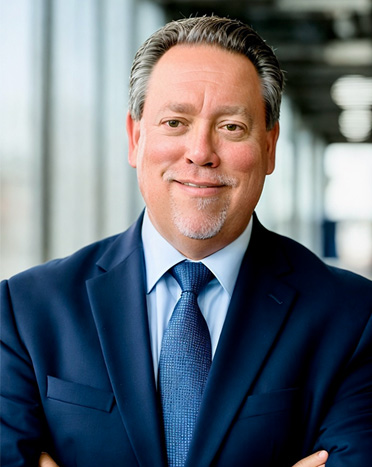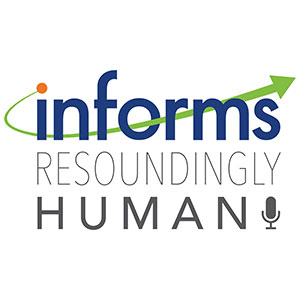
Coronavirus: Let’s Come Together, by Staying Apart
Rarely in life are we encouraged to be selfish – let alone told this selfish deed is actually an altruistic act. But now, with the novel Coronavirus, COVID-19, we all have such an opportunity.

Rarely in life are we encouraged to be selfish – let alone told this selfish deed is actually an altruistic act. But now, with the novel Coronavirus, COVID-19, we all have such an opportunity.

More Baltimore-area hospitals and medical and dental offices are postponing elective procedures after the nation’s top doctor asked facilities to consider halting such procedures as new coronavirus cases spread.

Socializing can help you live a longer, happier, healthier life. But in a viral outbreak, research shows that “social distancing” can benefit your own health and that of entire populations.

The coronavirus, which causes the disease COVID-19, has created enormous anxiety, uncertainty, and disruption to our lives. Much has already been written about potential shortages of medicines and face masks, but little has been said about something only you and I can provide – lifesaving blood.

A mere five miles separate The Keio Academy in Purchase, New York and Glenville School in Greenwich, Conn.
As the number of people with coronavirus increases daily, Keio Academy, a private boarding school, has decided to end classes for its 330 students for the remainder of the school year. Nearby Glenville School, a public school with 404 students, remains open.

Jeff Cohen
Chief Strategy Officer
INFORMS
Catonsville, MD
[email protected]
443-757-3565
An audio journey of how data and analytics save lives, save money and solve problems.


With seemingly no limit to the demand for artificial intelligence, everyone in the energy, AI, and climate fields is justifiably worried. Will there be enough clean electricity to power AI and enough water to cool the data centers that support this technology? These are important questions with serious implications for communities, the economy, and the environment.

It’s college graduation season, which means over 4 million seniors will graduate in the next few weeks, flooding the job market with new candidates. One area that has shown high potential for the right candidates is artificial intelligence and machine learning. Both disciplines are part of the larger data and analytics career path.

Drugs being explicitly developed to treat rare diseases are getting more expensive.

Robert F. Kennedy Jr., as the new secretary of Health and Human Services, is the nation’s de facto healthcare czar. He will have influence over numerous highly visible agencies, including the Centers for Disease Control and Prevention, the National Institutes of Health and the Food and Drug Administration, among others. Given that healthcare is something that touches everyone’s life, his footprint of influence will be expansive.

The recent US-China agreement to temporarily reduce tariffs is a major step for global trade, with tariffs on US goods entering China dropping from 125% to 10% and on Chinese goods entering the US decreasing from 145% to 30% starting May 14. While this has boosted markets and created optimism, key industries like autos and steel remain affected, leaving businesses waiting for clearer long-term trade policies.

With sweeping new tariffs on Chinese-made products set to take effect this summer, Americans are being urged to prepare for price hikes on everyday goods. President Donald Trump's reinstated trade policies are expected to affect a wide swath of consumer imports, including electronics, furniture, appliances, and baby gear. Retail experts are advising shoppers to act before the tariffs hit and prices rise.

Twenty years ago, few people would have been able to imagine the energy landscape of today. In 2005, US oil production, after a long decline, had fallen to its lowest levels in decades, and few experts thought that would change.

In the case of upgrading electrical and broadband infrastructure, new analysis from the University of Massachusetts Amherst reveals {that a} “dig once” strategy is almost 40% more economical than changing them individually.